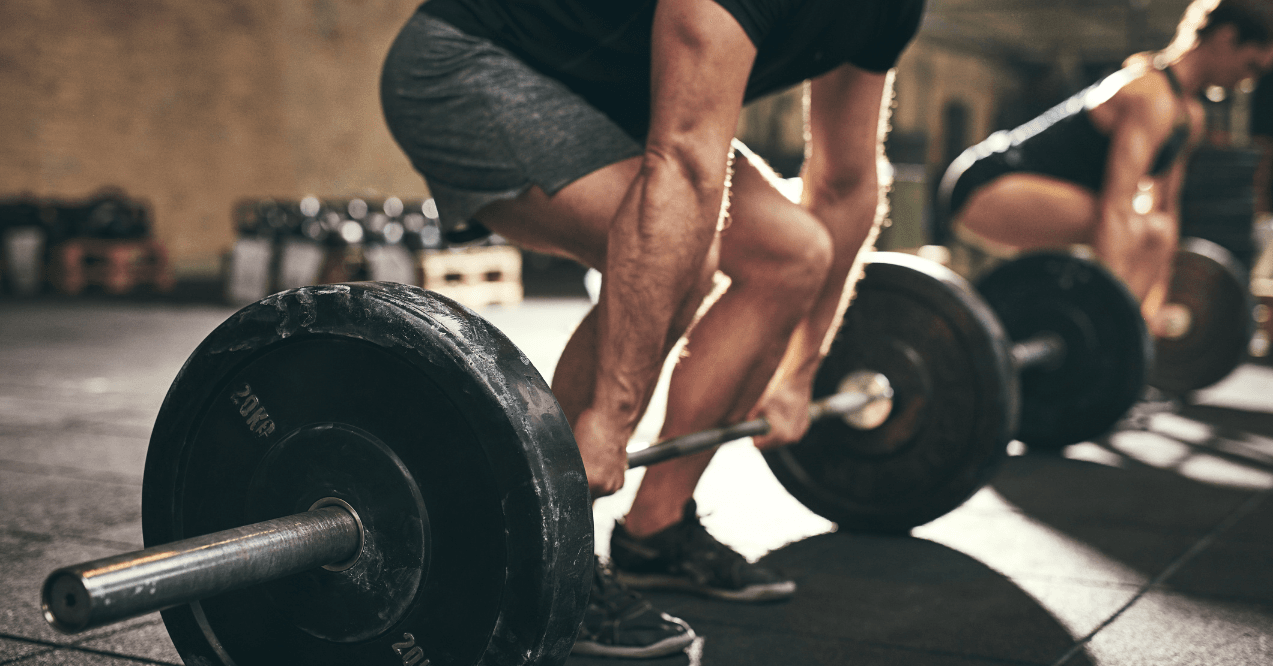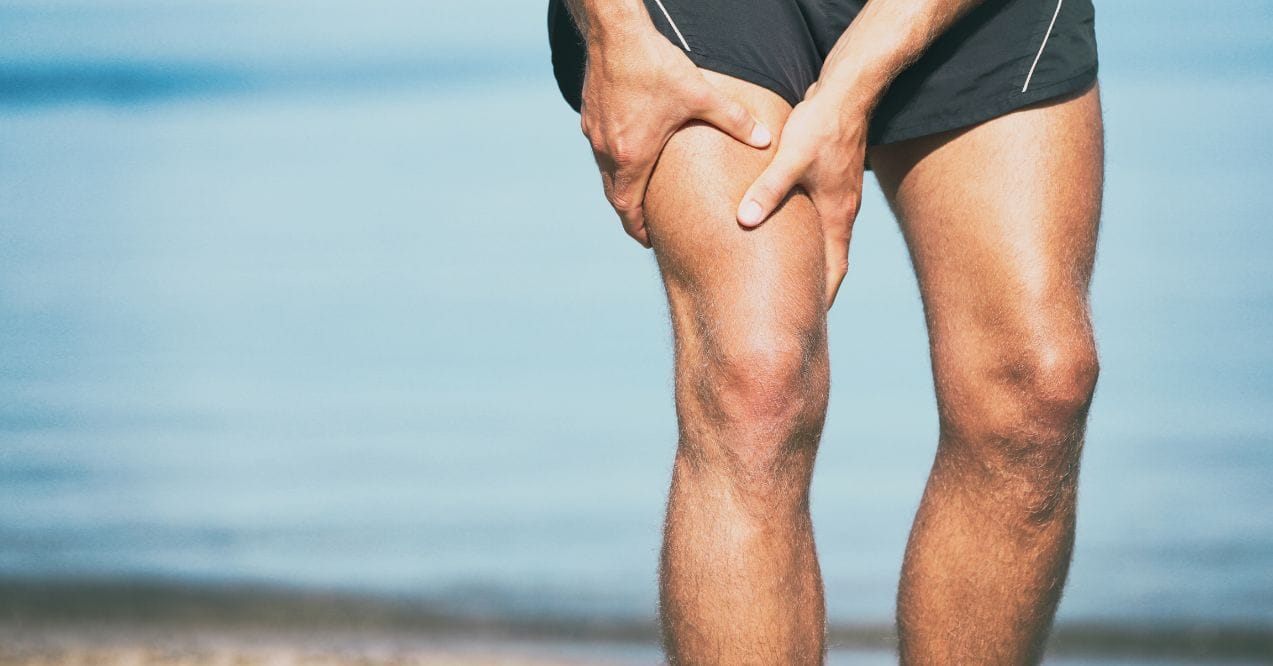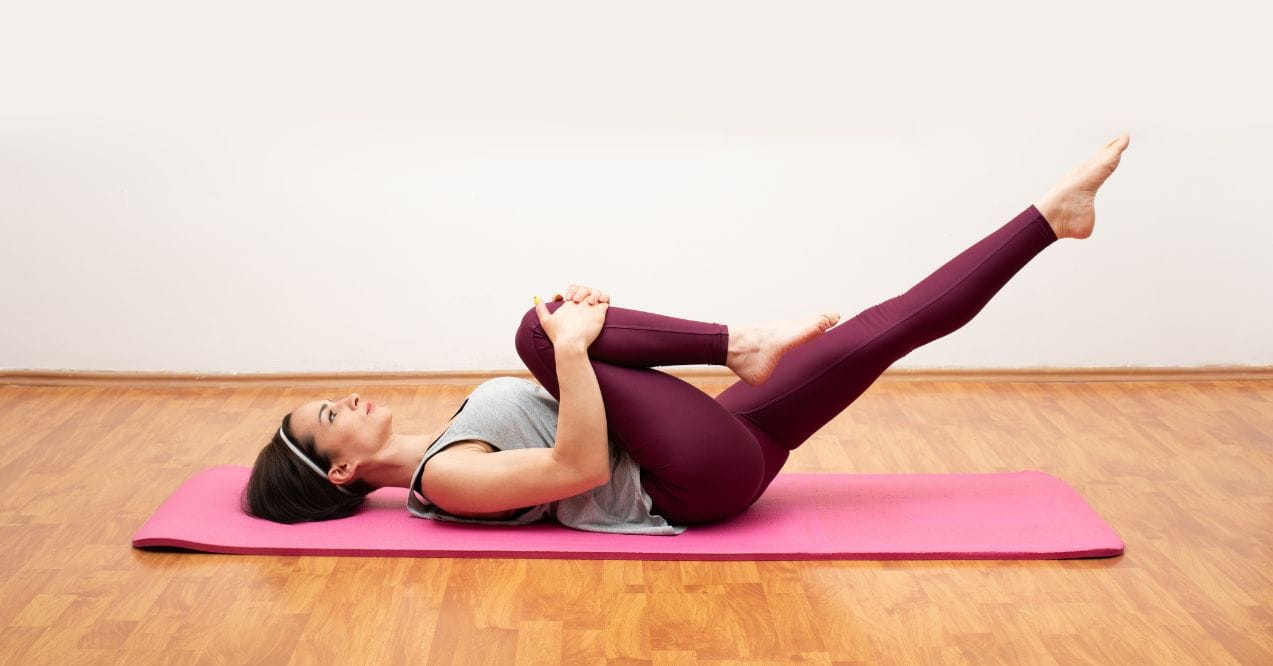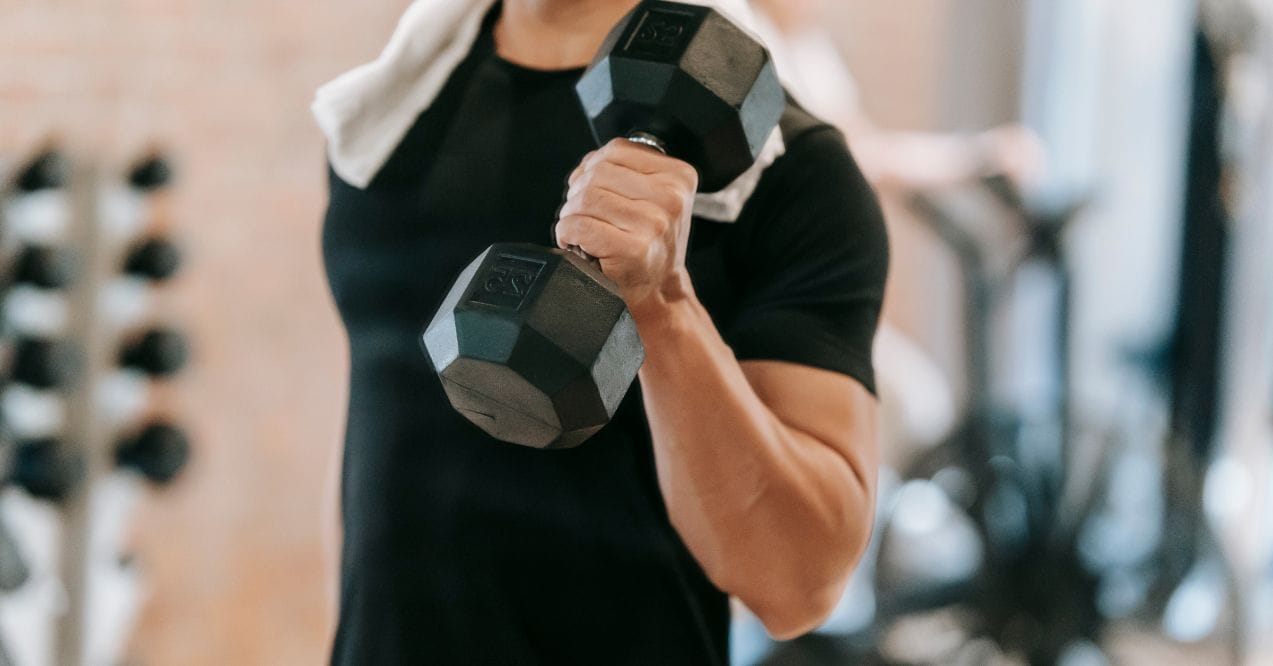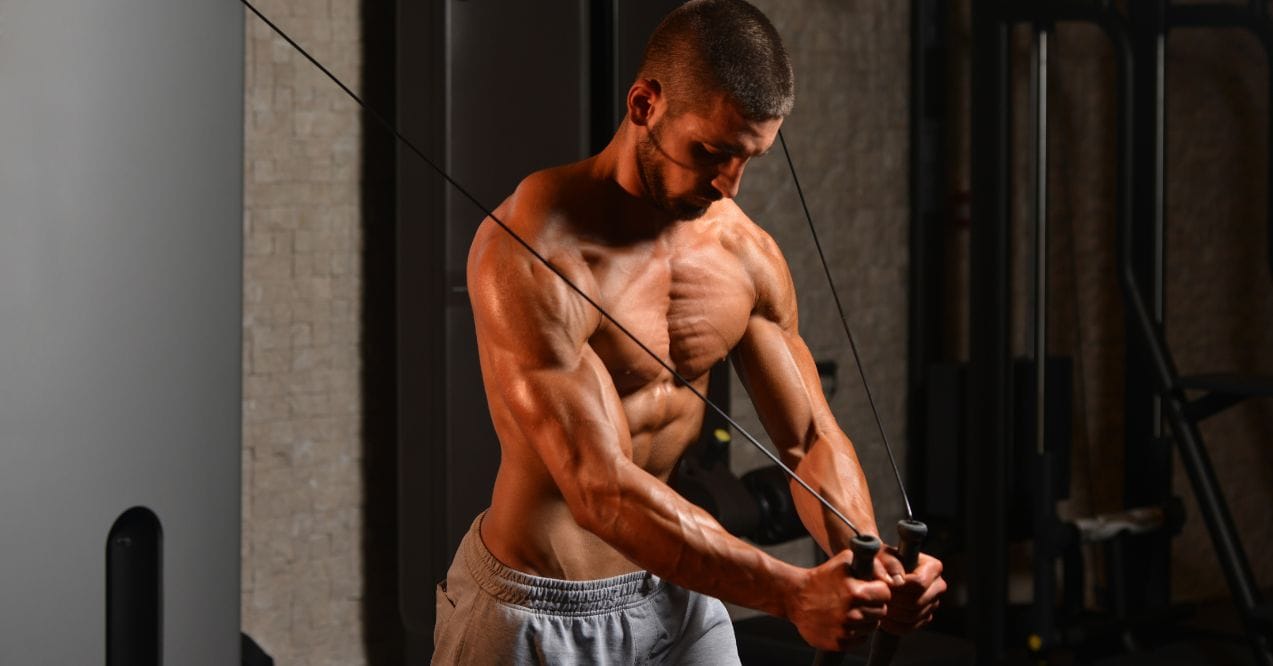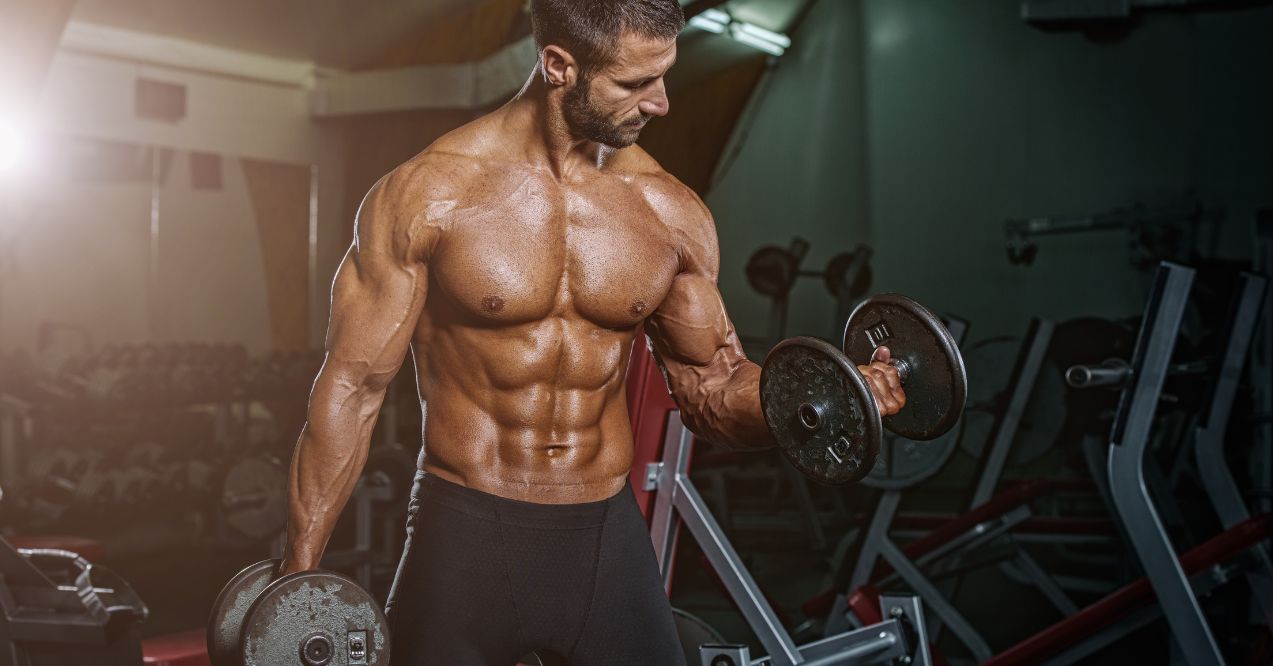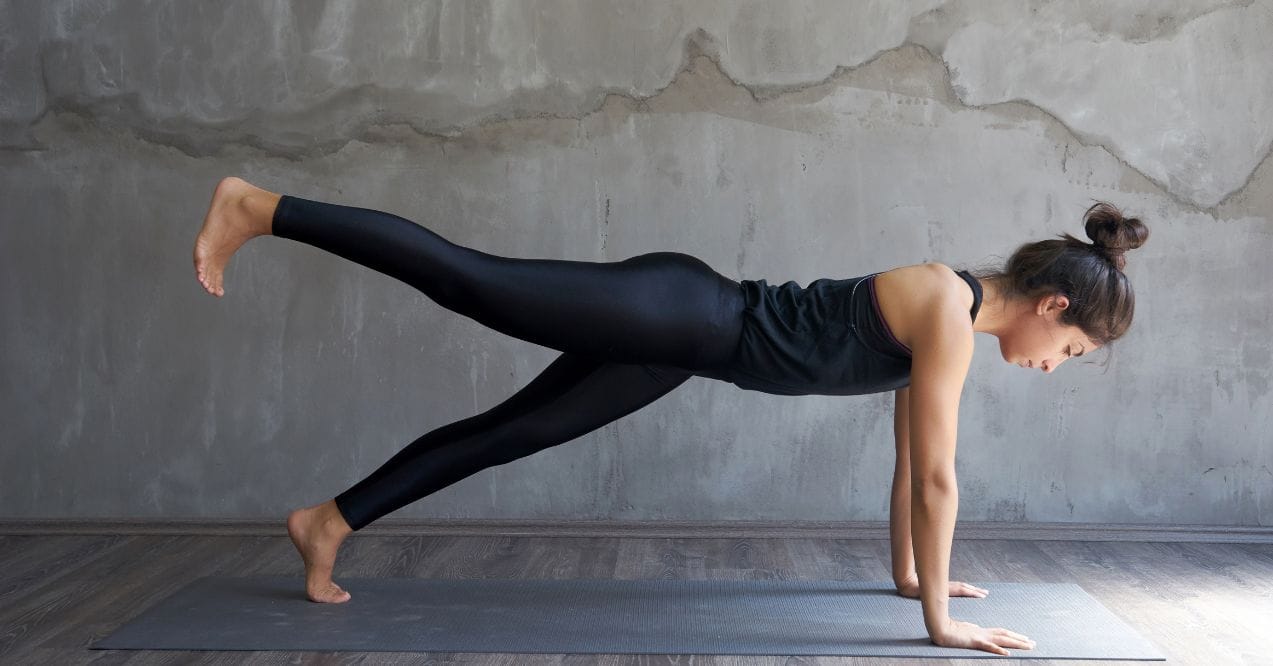Does Cardio Kill Your Gains?
The fitness world has long debated a question that makes many weightlifters nervous: does cardio kill gains? This concern keeps many people stuck in either the cardio or strength training camp, afraid to mix both types of exercise.
For those working hard to build muscle, the fear that running or cycling might waste all that effort in the weight room can be real. But what’s the truth behind this common gym belief? Is cardio truly the enemy of muscle growth, or is this just another fitness myth that needs busting?
Does Cardio Kill Gains?
The idea that cardio is the enemy of muscle growth has been around for decades, but current science tells a more complex story. While poorly planned cardio might slow down your muscle-building progress, it doesn’t mean all cardio will wreck your gains.
What science actually tells us about cardio and muscle:
- Moderate cardio can help muscle growth by improving blood flow to muscles
- This increased blood flow delivers more nutrients and oxygen to help with recovery
However, there are limits. High-volume cardio (like marathon training) combined with intense strength workouts might create too much stress on your body. This happens because your body has limited recovery resources, and when pushed too far in both areas, something has to give.
The key difference lies in your training goals and how you structure your workouts. If building serious muscle is your main goal, cardio should support that goal, not compete with it. This means being strategic about your best workout split for muscle gain and how cardio fits into that plan.
Expert coaches often suggest keeping cardio sessions short (20-30 minutes) and at moderate intensity if muscle growth is your primary focus. This way, you get the health benefits of cardio without risking your hard-earned muscle gains.
Why You Should Combine Cardio and Weights
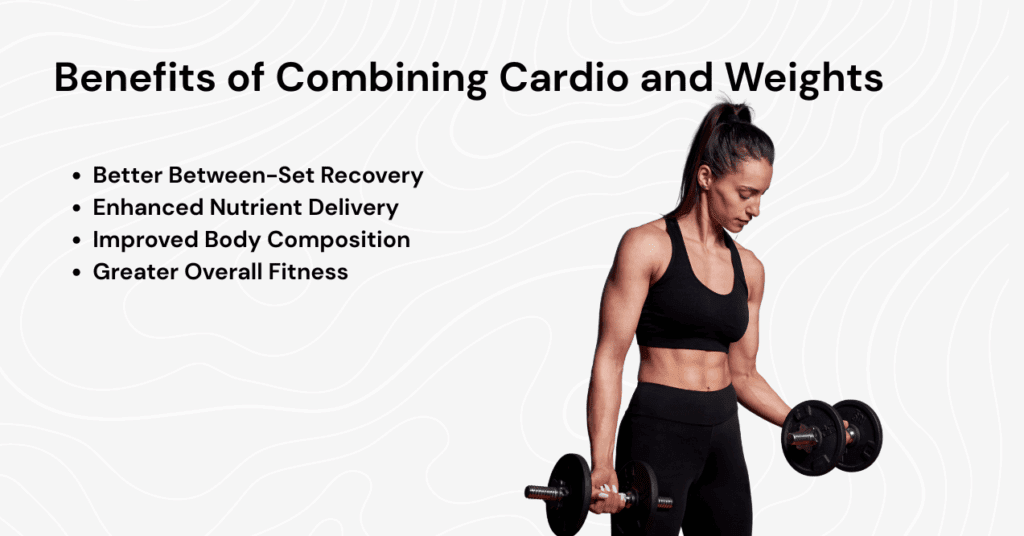
Even if your main goal is building muscle, there are solid reasons to keep cardio in your fitness plan. Combining both types of training may lead to better overall health and fitness results than focusing on just one area.
Key benefits of combining cardio and weights:
- Better Between-Set Recovery – Cardio training improves your cardiovascular system, which helps you recover faster between strength training sets. This means you can lift with higher intensity and get more out of each workout.
- Enhanced Nutrient Delivery – Regular cardio may help with muscle growth by increasing your body’s ability to deliver nutrients to muscles through improved blood flow. Many bodybuilders use light cardio to help muscles recover faster between heavy lifting days.
- Improved Body Composition – Cardio training helps keep fat levels in check while building muscle. This makes your muscle gains more visible and may improve how your body uses nutrients for muscle building rather than fat storage.
- Greater Overall Fitness – Your heart is a muscle too, and keeping it strong helps all other physical activities. For those wanting to look lean while gaining strength, some cardio is almost always necessary.
The cardio and muscle gain connection works best when you plan both types of training thoughtfully. Instead of seeing them as opponents, think of them as teammates working toward your overall fitness goals.
When Cardio Can Limit Muscle Gains?
While cardio and strength training can work well together, certain situations might cause cardio to limit your muscle growth. Understanding these scenarios helps you avoid potential problems and plan your training more effectively.
Does Cardio After Lifting Hurt Gains?
The timing of your cardio relative to your weight training matters more than many people realize. Cardio after lifting can potentially impact your gains, but not always in a negative way.
When you lift weights, you create small tears in your muscle fibers that your body needs to repair and build back stronger. This repair process requires energy and resources. If you follow up with intense cardio immediately after lifting, you’re using energy that could otherwise go toward muscle repair and growth.
Some research suggests that doing high-intensity cardio right after strength training may interfere with the muscle-building signals in your body. However, light to moderate cardio (like walking on a treadmill at an incline) might actually help recovery by increasing blood flow to muscles without depleting recovery resources.
For those on a cutting workout plan, careful timing becomes even more important. During a calorie deficit, your body has fewer resources available, so the potential for cardio after lifting to hurt gains increases.
A practical approach is to separate cardio and lifting by several hours when possible, or focus on lower-intensity cardio after weights if you must do both in one session.
Can You Do Cardio While Bulking?
Many lifters worry about doing cardio while bulking, fearing it will prevent them from reaching their muscle-building goals. The reality is more nuanced than a simple yes or no.
During a bulking phase, your main goal is to be in a calorie surplus to support muscle growth. Cardio burns calories, which could potentially make it harder to maintain that surplus. However, this doesn’t mean cardio is off-limits while bulking.
Smart cardio strategies for bulking:
- Adjust your food intake to replace calories burned during cardio
- If you burn 300 calories on the stairmaster, eat 300 more calories that day
- Focus on low-impact forms of cardio to minimize recovery demands
- Keep sessions moderate—2-3 times weekly for 20-30 minutes works well
Cardio while bulking may also help improve nutrient partitioning – how your body uses the extra calories you’re consuming. Light cardio can help direct more of those extra calories toward muscle building rather than fat storage, leading to a cleaner bulk. This approach aligns with creating lean muscle vs bulk that has less fat to cut later.
How to Incorporate Cardio on Rest Days
Rest days exist for good reason – your muscles need time to recover and grow after intense training sessions. But does that mean you should avoid all activity on these days? Many lifters wonder, can you do cardio on rest days without hurting their progress?
The good news is that certain types of cardio can actually help your recovery process rather than hinder it. This is known as “active recovery,” and it works by increasing blood flow to sore muscles without causing additional stress.x
Best types of rest day cardio:
- Walking (especially outdoors in nature)
- Light swimming or water exercises
- Easy cycling with no resistance
- Gentle yoga or mobility work
- Casual sports play (shooting baskets, playing catch)
Low-intensity activities like these can help flush out waste products from your muscles and bring in fresh nutrients and oxygen. A 30-minute walk or light bike ride can reduce muscle soreness and help you feel better for your next lifting session.
For optimal results, follow these guidelines for rest-day cardio:
- Keep the intensity low – you should be able to hold a conversation easily
- Limit sessions to 30-45 minutes
- Focus on forms of cardio that don’t stress the same muscle groups you trained heavily
- Stay well-hydrated before, during, and after these sessions
- Listen to your body and stop if you feel unusually tired
Not only does smart cardio on rest days help with recovery, but it also adds to your overall calorie burn for the week. This can help manage body fat levels while you focus on building strength and size. The key is making sure your rest-day activities truly remain restful and don’t turn into another training session.
Support Your Training Goals With Quality Supplements
When balancing cardio and strength training, nutrition becomes even more important. For optimal recovery and muscle protection, consider adding Bone Broth Protein to your routine. This complete protein source provides the amino acids needed for muscle repair while supporting joint health – perfect for those mixing cardio with weight training.
For those hard training days when you need to perform at your best in both cardio and strength work, Trumeta Pre-Workout may help you maintain energy and focus throughout your entire session. The right supplement strategy, combined with smart training, helps ensure your cardio never comes at the expense of your gains.
Conclusion
After exploring the relationship between cardio exercise and muscle growth, we can confidently answer the question – does cardio kill gains? The verdict: not when done properly. Rather than seeing cardio as the enemy of muscle building, think of it as a potential ally that needs careful management.
The research shows that moderate cardio can exist alongside a solid strength training program without harming your progress. In fact, the right amount and type of cardio may actually help you build muscle by improving recovery, enhancing nutrient delivery to muscles, and keeping fat gain in check during bulking phases.
A strong cardiovascular system supports everything else your body does, including building muscle. By finding the right balance between cardio and strength training, you’ll build a more resilient, capable body that performs well and looks great.
No, cardio doesn’t directly burn muscle tissue. It may compete for recovery resources when done excessively, but moderate cardio doesn’t break down muscle the way many fear.
Not inherently. When properly balanced with strength training and adequate nutrition, cardio can support muscle growth by improving recovery and nutrient delivery to muscles.
A 30-minute moderate cardio session won’t kill your gains. This amount typically supports overall fitness without overwhelming your recovery systems or significantly impacting muscle growth.
It may limit gains if it’s high-intensity cardio immediately after lifting. Low-to-moderate intensity cardio or separating sessions by a few hours minimizes any negative impact.
Advertisement. This site offers health, wellness, fitness and nutritional information and is designed for educational purposes only. You should not rely on this information as a substitute for, nor does it replace, professional medical advice, diagnosis, or treatment. If you have any concerns or questions about your health, you should always consult with a physician or other health-care professional. Do not disregard, avoid or delay obtaining medical or health related advice from your health-care professional because of something you may have read on this site. The use of any information provided on this site is solely at your own risk.
